Transcriptomics has emerged as a powerful tool in modern biology; it deals with the study of the entire set of RNA transcripts produced by the genome at a specific stage or under certain conditions. This field has revolutionized our understanding of gene expression patterns, enabling researchers to unravel the intricate mechanisms governing cellular processes, disease pathways, and organismal responses to environmental cues. In this blog post, we’ll delve into the fascinating domain of transcriptomics, exploring the cutting-edge techniques, algorithms, and tools that drive this rapidly evolving discipline.
Introduction
Fundamentally, genes are the building blocks of heredity – they contain directions for creating and maintaining life forms. It is these directions that are written in DNA but that need to be converted into things that can be used by cells. This is where RNA (Ribonucleic acid) comes in. In each cell, RNA functions as a courier molecule that conveys genetic data from the DNA to ribosomes, which act as cellular protein synthesizers using instructions from RNA.
To understand how cells work in different states, such as disease or health, one must study what makes genes turn on and off. This is why analyzing transcriptomics data is so important.
Different Approaches for Different Questions
In Transcriptomics, many techniques exist, each with its advantage:
- Bulk RNA Sequencing (RNA-Seq): The most common approach. This method involves taking all RNA molecules from the collection of cells, transcribing them into DNA copies, and sequencing these copies to identify the present RNA transcripts as well as their amounts. Through this process, experts can establish which specific genes have been turned on (expressed) and to what degree among certain cell populations.
- Single-cell RNA Sequencing (scRNA-Seq): It is different from bulk RNA-Seq, which analyzes the RNAs of the entire cell population, and scRNA-Seq enables us to look at individual cells in a population. This tool is powerful because it highlights cellular diversity; there may be subpopulations of cells with distinct gene expression patterns lurking within one group of similar-appearing cells. Stem cell differentiation, tissue heterogeneity, and identification of unknown subgroups are some areas where scRNA-Seq can be applied.
- Spatial Transcriptomics: It goes beyond by revealing not only what genes are expressed but also where they are about each other in a section of tissue. This shows how different types of cells are arranged and how they relate to each other. Consider a complex cloth where threads stand for cells, and their colors demonstrate gene expressions. Hence, spatial transcriptomics allows us to understand how gene expression varies across space within tissues and how these tissues relate to their neighbor cell types.
The Right Tools for the Job
Different transcriptomics techniques use different tools and programs to analyze data. Some examples of these are:
Bulk RNA-Seq:
- Read mapping and quantification: STAR, HISAT2, Kallisto (make sure that the measurement of RNA transcripts is accurate).
- Differential expression analysis: DESeq2, EdgeR, Limma (identify genes with significantly different expressions between samples).
- Isoform quantification: Salmon, StringTie (reconstruct and measure transcript isoforms)
scRNA-Seq:
- Data preprocessing: Cell Ranger, Seurat, Scanpy (prepare scRNA-Seq data for analysis).
- Dimensionality reduction and clustering: t-SNE, UMAP (visualize complex scRNA-Seq data).
- Trajectory inference: Monocle, Slingshot, PAGA (map cell differentiation processes).
- Integration and batch correction: Seurat, Harmony, LIGER (address unwanted variation in scRNA-Seq data).
Spatial Transcriptomics:
- Data processing and quality control: ST Pipeline, SpatialDE (ensure proper quality for subsequent analysis)
- Spatial analysis: Apache SPARK, RCTD, SpatialDE (look at gene expression patterns across tissue sections.)
- Integration with scRNA-Seq data: Seurat (combining spatially-resolved with single-cell information into a more complete picture).
Working Together: Combining Transcriptomics with Other Fields
Whereas transcriptomics is packed with a lot of gene expression information, it is usually necessary to bring together the latter with other molecular cell studies to have an entire view of cellular function. These are referred to as “-omics” fields such as genomics (DNA), proteomics (proteins), and metabolomics (metabolites). By combining these sorts of omics data with those on the transcriptome, researchers can better understand how genes are regulated, how proteins work, and how they contribute to health or disease.
Here are some examples of multi-omic integration tools:
- MOFA+, iNEXT, mixOmics: These tools integrate and analyze data from multiple platforms representing different types of omics.
- PPCOR, LISA: These tools help identify regulatory relationships between genes, proteins, and other molecules, thereby providing insights into cellular control mechanisms.
The Future of Transcriptomics: New Discoveries Ahead
The world of transcriptomics is a fast-paced field with interesting patterns that promise to improve the understanding of biology and disease further.
- Improved sequencing technologies: New approaches will enable researchers to sequence the whole RNA transcripts and will give a more comprehensive picture of gene expression and how different parts of an RNA molecule could be used.
- Artificial intelligence (AI) and machine learning (ML): These are powerful tools that will help in the efficient analysis of very large transcriptomic data sets, thereby revealing hidden gene expression patterns and making better predictions about the functions of genes and diseases.
- Spatial transcriptomics integrated with imaging data: Spatial transcriptomics combined with high-resolution microscopy allows gene expression to be linked with tissue cell structure or arrangement, hence providing a much better understanding of cellular functionality.
Conclusion: The Potential of Gene Expression Analysis
Extensive information provided through transcriptomics with various strategies and sophisticated tools gives an understanding of how gene expression is regulated. Different contexts can turn genes on or off, providing better knowledge about health and diseases. It is probable that in the future, this area may unlock the virgin grounds in medical research, leading to improved quality of human beings’ lives.
The world of transcriptomics is expansive and constantly changing. We’d love to hear what you think about this topic! Comment bellow ⬇️
Which essential tools do you think are missing from our list? Share your suggestions!
References:
- Choe K, Pak U, Pang Y, Hao W, Yang X(2023) Advances and Challenges in Spatial Transcriptomics for Developmental Biology. Biomolecules 13(1):156. https://doi.org/10.3390/biom13010156
- Lowe R, Shirley N, Bleackley M, Dolan S, Shafee T (2017) Transcriptomics technologies. PLoS Comput Biol 13(5): e1005457. https://doi.org/10.1371/journal.pcbi.1005457
Follow Us!
Learn More:
Anchal is a consulting scientific writing intern at CBIRT with a passion for bioinformatics and its miracles. She is pursuing an MTech in Bioinformatics from Delhi Technological University, Delhi. Through engaging prose, she invites readers to explore the captivating world of bioinformatics, showcasing its groundbreaking contributions to understanding the mysteries of life. Besides science, she enjoys reading and painting.

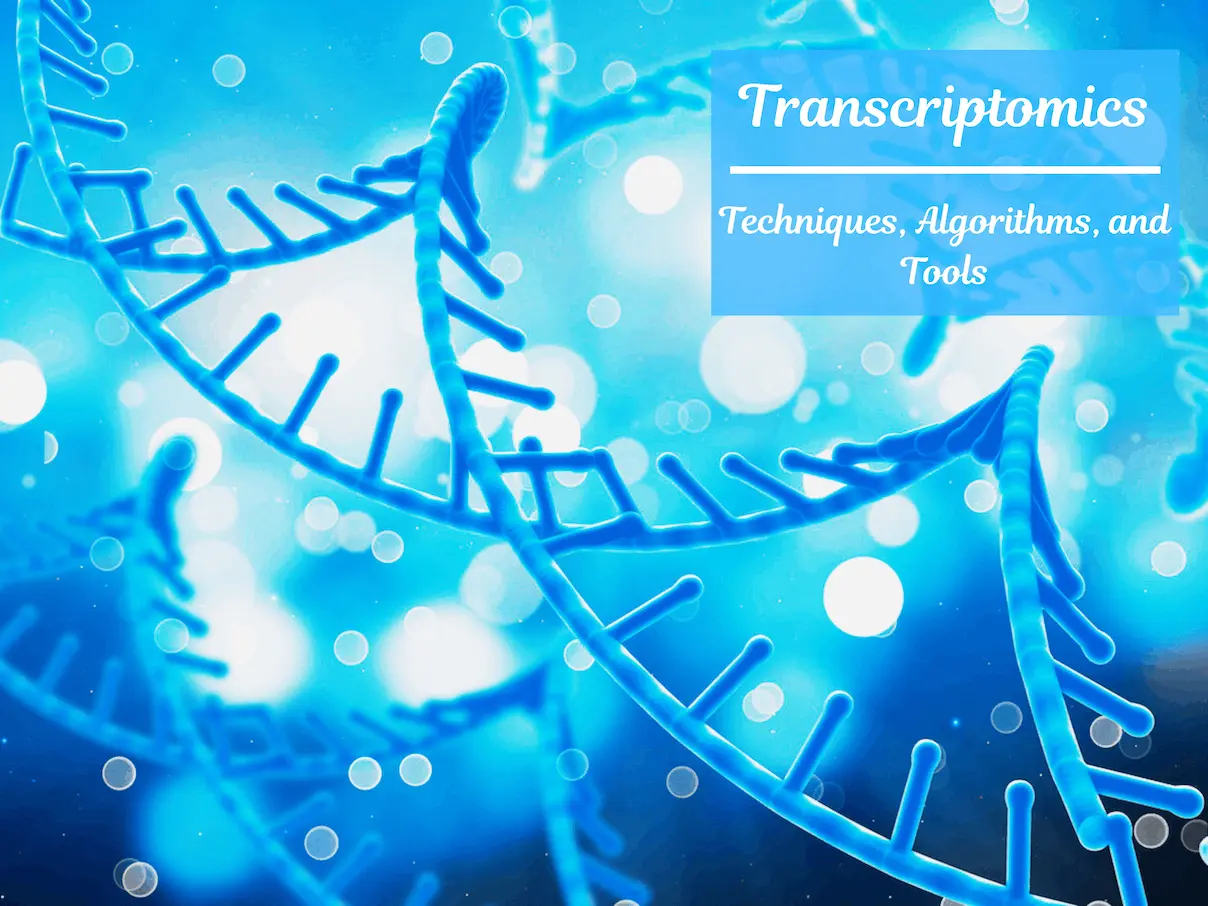






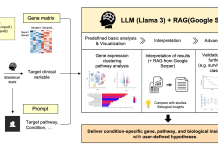
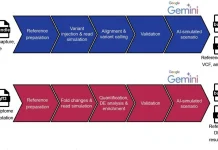
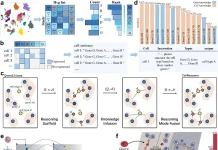
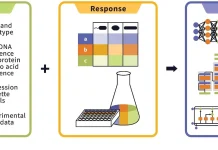


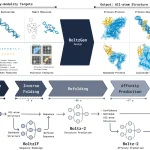
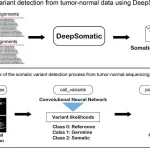

[…] Exploring the World of Transcriptomics: Techniques, Algorithms, and Tools […]